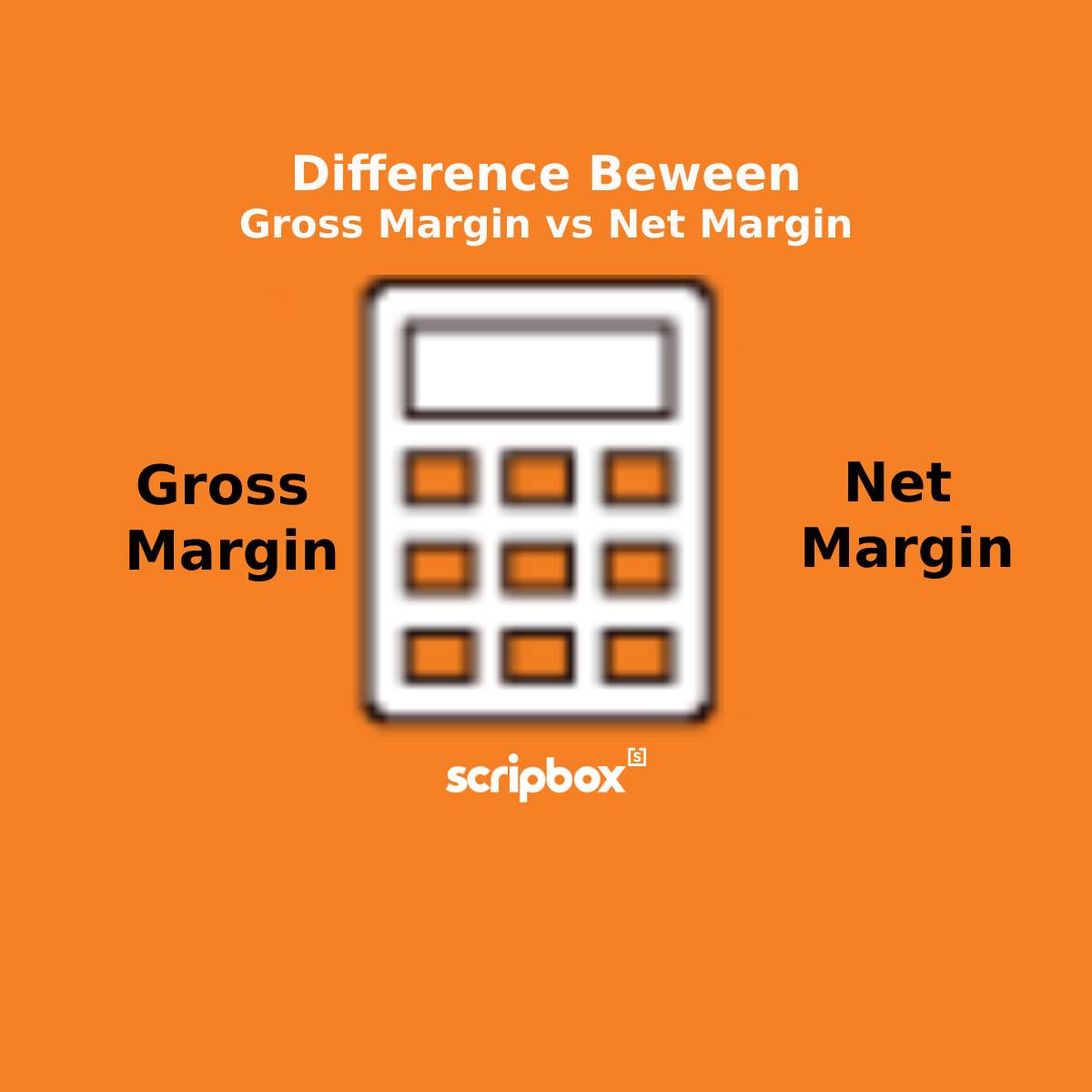What is Exit Load?
Exit Load refers to an exit penalty or commission to the fund-house if an investor exits the fund during the lock-in period. The expense ratio and exit load are different. Therefore, before investing in a mutual fund scheme, consider the exit load too.
Mutual fund schemes are investment options that pool investments from various individuals and institutional investors with the same investment objective. Managing a mutual fund is not a one man job. The fund manager and his team of financial experts constantly monitor and manage the fund to generate high returns. This service comes with a fee. Investors are charged exit fees on exiting or redeeming the units of a fund before the lock in period.
Open-ended schemes give the investor the luxury to exit or redeem the units when they want. At times when investors fail to stay invested for the duration agreed upon, exit load discourages premature withdrawals. This exit fee also reduced the number of withdrawals from the mutual fund schemes.
Mutual Fund Exist Load and Withdrawal Charges
| Type of Scheme | Lock in Period | Withdrawal Charges |
| Overnight Fund | No Lock in | 0% |
| Liquid Funds | Up to 7 days | None. |
| Debt Funds | 1 month to 1 year | 0.5% to 2% |
| Equity Funds | 1 year to 2 years | 1% |
| Tax Saving | 3 – 5 Year | Not Applicable |
* Not all mutual funds have the same exit load. Some funds may levy an exit load of up to 2 years, while some up to 7 days. In contrast, some funds may not have any exit load at all. Learn how to plan for a mutual fund exit strategy
What is Exit Load in Mutual Fund?
Exit load is charged as a percentage of Net Asset Value (NAV) of the mutual fund units held by investors. When an investor is exiting or redeeming the units from a mutual fund scheme, the AMC deducts it from the NAV and credits the remaining amount to the investor’s account. It discourages investors from withdrawing their investments frequently.
For example, Rs 50,000 is invested in a mutual fund scheme with a 1% exit load for redeeming before one year. The NAV at the time of investment is INR 100. The investor redeems the units within six month when the NAV of the fund is INR 80.
| Invested amount (A) | ₹ 50,000 |
| NAV at the time of Investment (B) | ₹ 100 |
| Units bought (C=A/B) | ₹ 500 |
| NAV at the time of redemption (D) | ₹ 80 |
| Exit Load [E=1% of (C*D)] | ₹ 400 |
| Final Redemption amount | ₹ 40,000 – ₹ 400 = ₹ 39,600 |
Use Scripbox Research tools: Compare Mutual Funds
How to Calculate Exit Load in Mutual Fund?
The exit load is calculated on the NAV of the fund. The rate is decided by the fund manager. Different funds charge different exit loads. Let’s take an example to understand how exit loads are calculated.
Suppose an investor invests INR 50,000 in a mutual fund in January 2019 at a NAV of INR 100. The number of units allotted is 500 units. He further invested INR 30,000 in March 2019 at a NAV of INR 85. The number of units allotted is 353 units. In December 2019, the investor wanted to redeem a portion of his investment (INR 40,000) at the current NAV of INR 115. The fund has an exit load of 1% if redeemed within one year of investment.
As per the fund’s rule, it will be charged on the redeemed units. It will be charged on 347.82 units (40,000/115). An exit load of 400 will be charged, and the final redemption amount is INR 39,600.
Any investment withdrawn after March 2020 will be completely free of any exit load as the investor will have completed one year of investment until then.
| Investment in January 2019 | INR 50,000 |
| NAV in January 2019 | INR 100 |
| Units allotted in January 2019 | 500 (50,000/100) |
| Investment in March 2019 | INR 30,000 |
| NAV in March 2019 | INR 85 |
| Units allotted in March 2019 | 353 (30,000/85) |
| Redemption amount in December 2019 | INR 40,000 |
| NAV at the time of redemption | 115 |
| Units at the time of redemption | 347.82 (40,000/115) |
| Exit load | 1% of (347.82*115) = 400 |
| Final Redemption amount | INR 39,600 (40,000-400) |
Exit Load on SIP Investments
The exit load on SIP transactions is slightly different. Each SIP transaction is considered a new investment. Thus, the exit load is levied on each SIP based on its purchase date and redemption date. Also, SIP redemptions are on a first-in, first-out basis. The earliest SIPs will be redeemed first.
Frequently Asked Questions
Exit load is levied to discourage investors from withdrawing investments before a set amount of time. This helps in protecting the financial interest of all the investors. Exit load is levied when an investor will withdraw their investments before a stipulated time set by the fund.
Yes, you will have to pay exit load even when you redeem your units at a loss. Exit load is charged on the redemption proceed and not on the capital gains.
Yes, even when you are switching from one fund to the other fund in the same AMC exit load is charged. The switching is treated as redemption and re-investment.
Yes, you will have to pay the exit load if the transfers happen during the exit load period.
Yes, you will have to pay the exit load if the withdrawals happen during the exit load period.
Yes, liquid fund investments have an exit load if withdrawn within 7 days from the date of investment.


















Show comments